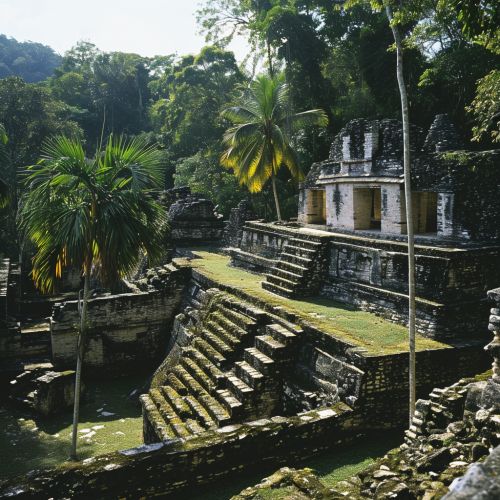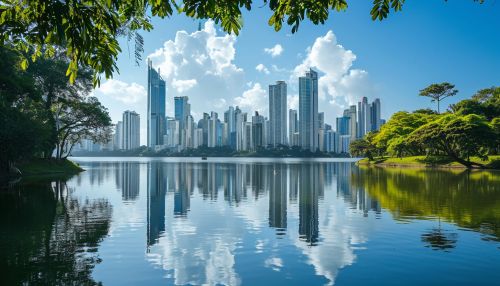History of Central America
Pre-Columbian Era
The history of Central America begins with the pre-Columbian era, a period before the arrival of European explorers. This era is marked by the rise and fall of several significant Mesoamerican and South American cultures.


The earliest known inhabitants of Central America were the Maya, who established a complex civilization around 2000 BC. The Maya developed a sophisticated writing system, made significant advances in astronomy and mathematics, and built monumental architecture, including the famous pyramids of Tikal and Chichen Itza.
The Olmec, another pre-Columbian civilization, flourished in the region from around 1400 BC to 400 BC. Known as the "mother culture" of Mesoamerica, the Olmec are credited with developing the region's first major art and architectural styles.
European Exploration and Colonization
The history of Central America took a dramatic turn with the arrival of Christopher Columbus in 1502. This marked the beginning of the European exploration and colonization of the region. The Spanish, under the leadership of conquistadors like Hernán Cortés and Francisco Pizarro, began to colonize the region in the early 16th century.


The Spanish conquest had a profound impact on the indigenous cultures of Central America. The native populations were decimated by diseases brought by the Europeans, such as smallpox, and by the brutal tactics of the conquistadors. The Spanish also imposed their language, religion, and customs on the indigenous peoples, fundamentally altering the cultural landscape of the region.
Independence and the Formation of the Central American Federation
In the early 19th century, the winds of change began to blow across Central America. Inspired by the successful revolutions in the United States and France, the colonies of Central America began to seek independence from Spain. On September 15, 1821, the provinces of Central America declared their independence, a date now celebrated as Independence Day in several Central American countries.
Following independence, the provinces formed the Federal Republic of Central America, a short-lived federation that existed from 1823 to 1841. Despite its brief existence, the federation had a significant impact on the region, establishing the borders of the modern Central American countries and fostering a sense of shared Central American identity.
20th Century to Present
The 20th century was a period of significant political and social change in Central America. The region experienced a series of revolutions, civil wars, and military dictatorships, as well as periods of democratic governance.


In the late 20th and early 21st centuries, Central America has faced numerous challenges, including economic instability, social inequality, and environmental issues. However, the region has also made significant strides in areas such as democratic governance, economic development, and human rights.
